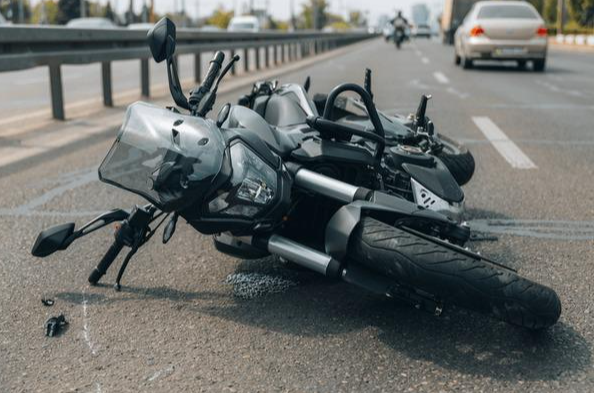
If you’ve ever ridden a motorcycle in Colorado, especially around Denver, you already know that one of the biggest threats on the road isn’t always the traffic. It’s the road itself and what the weather decides to do with it.
Denver’s unique geography places it right at the edge of the Rockies, which means riders can go from sunshine to sudden hail or slick roads within minutes. The mix of urban sprawl, construction zones, and unpredictable mountain weather makes riding here especially challenging.
However, Denver’s weather isn’t exactly known for playing nice. And when things go wrong, connecting with a Denver motorcycle accident lawyer can be the first step to making sense of it all.
In this article, we’ll discuss the role of specific weather factors and road conditions in contributing to accidents involving motorcyclists.
Table of Contents
Loose Gravel
You’d be surprised how something as small as loose gravel can completely mess with your ride. For motorcycles, debris on the road is like hitting a patch of ice in a car.
Your tires can slide, you can wobble, and if you’re not careful, you can spin out. Gravel is especially dangerous on corners or rural roads where you don’t expect it, and it’s even worse for newer riders who don’t have the reflexes built up yet.
Potholes and Uneven Roads
In a car, hitting a pothole might rattle your suspension or spill your coffee. On a bike, hitting that same pothole can toss you into the air or snap your front wheel’s alignment.
Roads that aren’t even, roads with dips, cracks, bumps, or missing chunks, are like landmines for motorcycles. They might not look too dangerous at first glance, but a deep enough hole can catch your tire, throw your balance off, and send you flying.
There’s no room for error. This is why it’s so important for cities to maintain road surfaces, but unfortunately, not all of them do.
Rain
Riding on two wheels isn’t like driving a car. There’s less protection, less weight, and less room for error. You probably think, “Well, rain makes the road slippery for everyone.” That’s true. But for motorcyclists, it’s a different story. Cars have four points of contact with the ground. You have two. That’s half the stability.
Now, imagine you’re riding and the first few drops of rain hit the pavement. What happens is those drops mix with oil and dirt already on the road, turning it into a skating rink. This first layer is more dangerous than steady rain.
You may think your tires are gripping, but one sharp turn or a tiny speed change, and your bike could slide right out from under you, leading to injuries like road rash.
Strong Winds
Most people don’t think of wind as a direct danger. But on a motorcycle, wind changes everything. A sudden gust can knock you sideways, especially if you’re riding at highway speeds.
If your bike has saddlebags, a tall windscreen, or anything that adds surface area, it’s like riding with a sail. The bigger your bike looks to the wind, the harder it hits you.
Even worse, winds don’t come evenly. You can be riding in calm weather and hit a windy pass or open field, and boom, you’re fighting to stay upright. And if a big truck drives past at the same time? That wind draft can send your balance into chaos.
Thunderstorms
Thunderstorms combine all the dangers (rain, wind, low visibility) at once. Riding in a thunderstorm is signing up for reduced control, unpredictable road grip, and other drivers who might not even see you. When you’re riding through sheets of rain, your visor is fogging up, your tires are struggling for grip, and your line of sight drops to almost nothing.
Fog
In fog, it gets even worse. Fog reduces visibility to such an extent that even seeing the next few feet ahead becomes a challenge. And other drivers probably can’t see you at all.
That’s why fog-related motorcycle accidents are not only more frequent but 25% more likely to cause serious injury. Visibility is a significant safety factor. If you can’t see, and others can’t see you, every second on the road becomes a gamble.